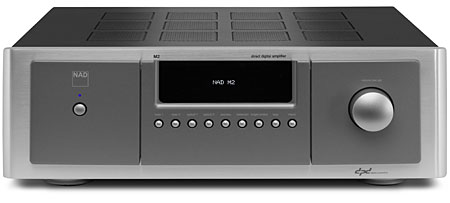
NAD M2 Direct Digital integrated amplifier Associated Equipment
NAD M2 Direct Digital integrated amplifier Associated Equipment


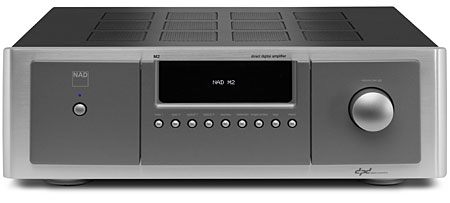
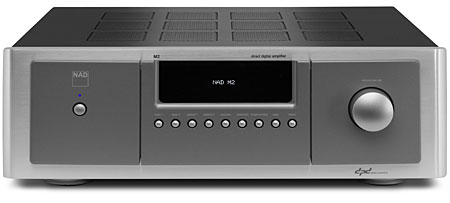
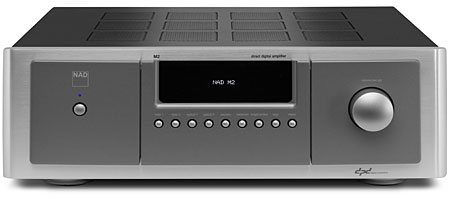
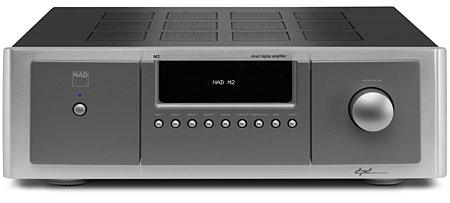

Last week, we asked about your female favorite, so it's only natural that this week we give the men a shot. Opera star, singer/songwriter, jazz singer, death growl screamer—who is your favorite male vocalist?
Potentially great news for those who are blind, and also shows how the human body/brain can adapt sensory processing.
http://www.disabledsouthwest.co.uk/health.htm
Cheers
Orb